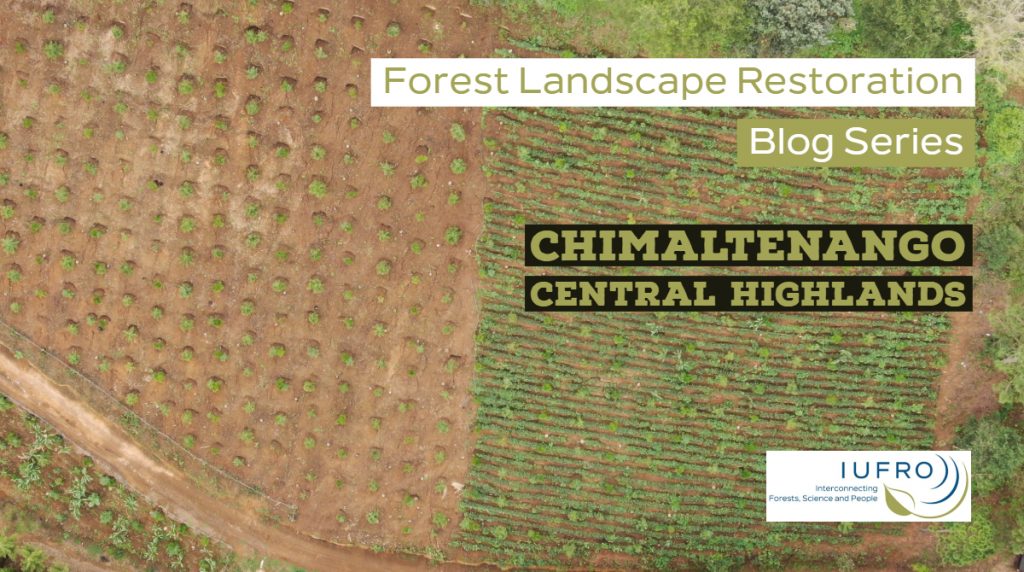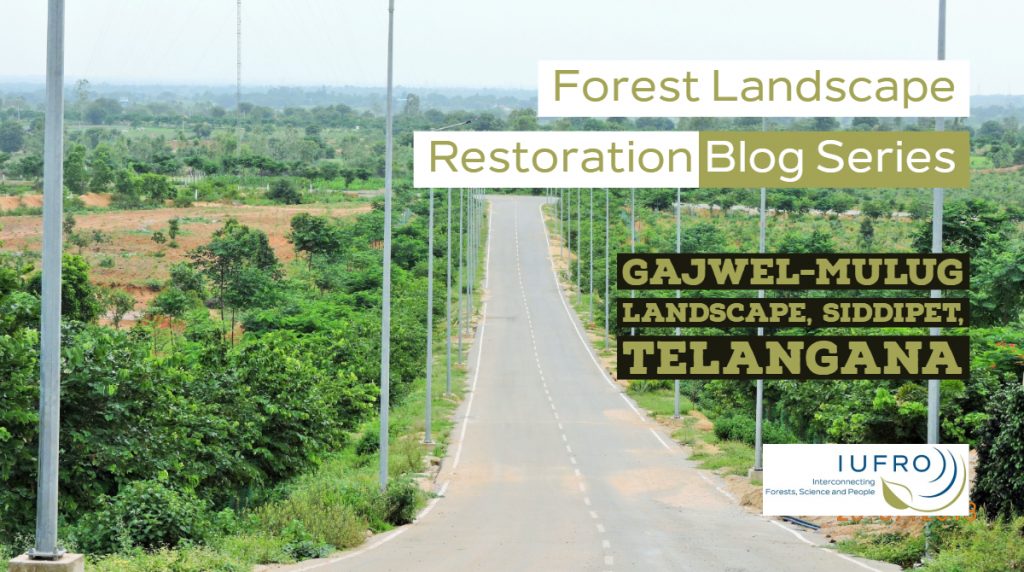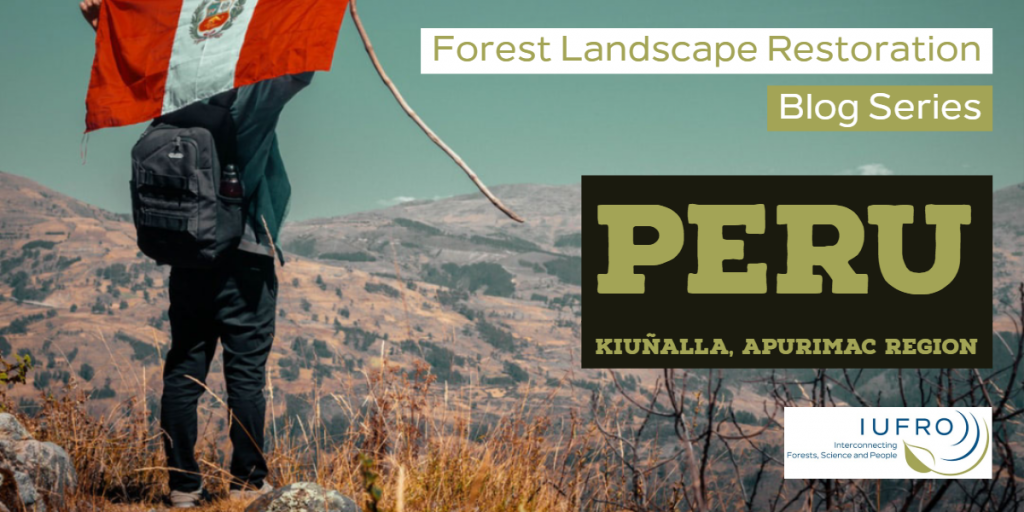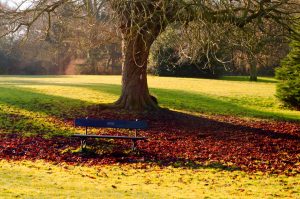Forest Restoration: enabling environment and mobilizing stakeholder’s support in Guatemala
With the Archaeological Park and Ruins of Quirigua, a protected UNESCO World Heritage Site, and its national tree, Ceiba sp., the fifth blog post is in Guatemala. The name of the project is Chimaltenango Restoration Initiative, in Guatemala, Central Highlands.

How strong political support is helping restore forests in the Telangana state of India
Land of Taj Mahal and the second-most populous country in the world. India is the fourth country of the blog series on the Forest Landscape Restoration Implementation: Progress on the Ground.

Restoring for water – the basis to address forest restoration
In the first blog post of the Forest Landscape Restoration (FLR) Snapshot Series we will focus on the project Forest Landscape Restoration Initiative of the Kiuñalla Community, in the Apurimac Region. Located in the southern Andes of Peru, this region has been one of the first in initiating actions within the framework of the country’s commitment to the Bonn Challenge to restore 3.2 million hectares of degraded areas through plantations for commercial purposes as well as for the recovery of ecosystem functions.

IUFRO 125th Anniversary Congress Spotlight #47 – Remote forest-dependent communities can benefit through social innovation

The village of Iza in Transcarpathian Ukraine is famous far beyond the region’s borders for its wicker products. Most villagers are involved in the business.
http://ukurier.gov.ua/uk/articles/selo-iza-na-zakarpatti-postachaye-virobi-z-verbi-d/
Many rural forest-dependent communities face similar challenges – lack of infrastructure, housing, and transport as well as aging populations.
When global issues such as climate change, sustainability, and energy and food security are added to the mix, the need for solutions to the challenges becomes much more pressing. Read more…
Future for nature-based recreation and tourism
Session I-8B(85)
Moderator: Tuija Sievänen
Thursday, 27 October 2016, 10:30-12:30 (Room 307A)

Bench under a tree. Photo: all-free-download, George Hodan
This session highlighted future prospects of research in the field of nature-based recreation and tourism programs that aim to improve recreational activities and support the positive effects of green infrastructure on health and wellbeing.
A study from Finland showed how recent changes in tourism and recreation have been driven by factors such as population growth, increasing cultural diversity, changing leisure and working time, climate change, improved economy, technological changes, transport developments, decreasing environmental quality and emerging systems of policy and governance. It is important to better understand these continuing changes and be able to predict future demands and scenarios. Read more…
